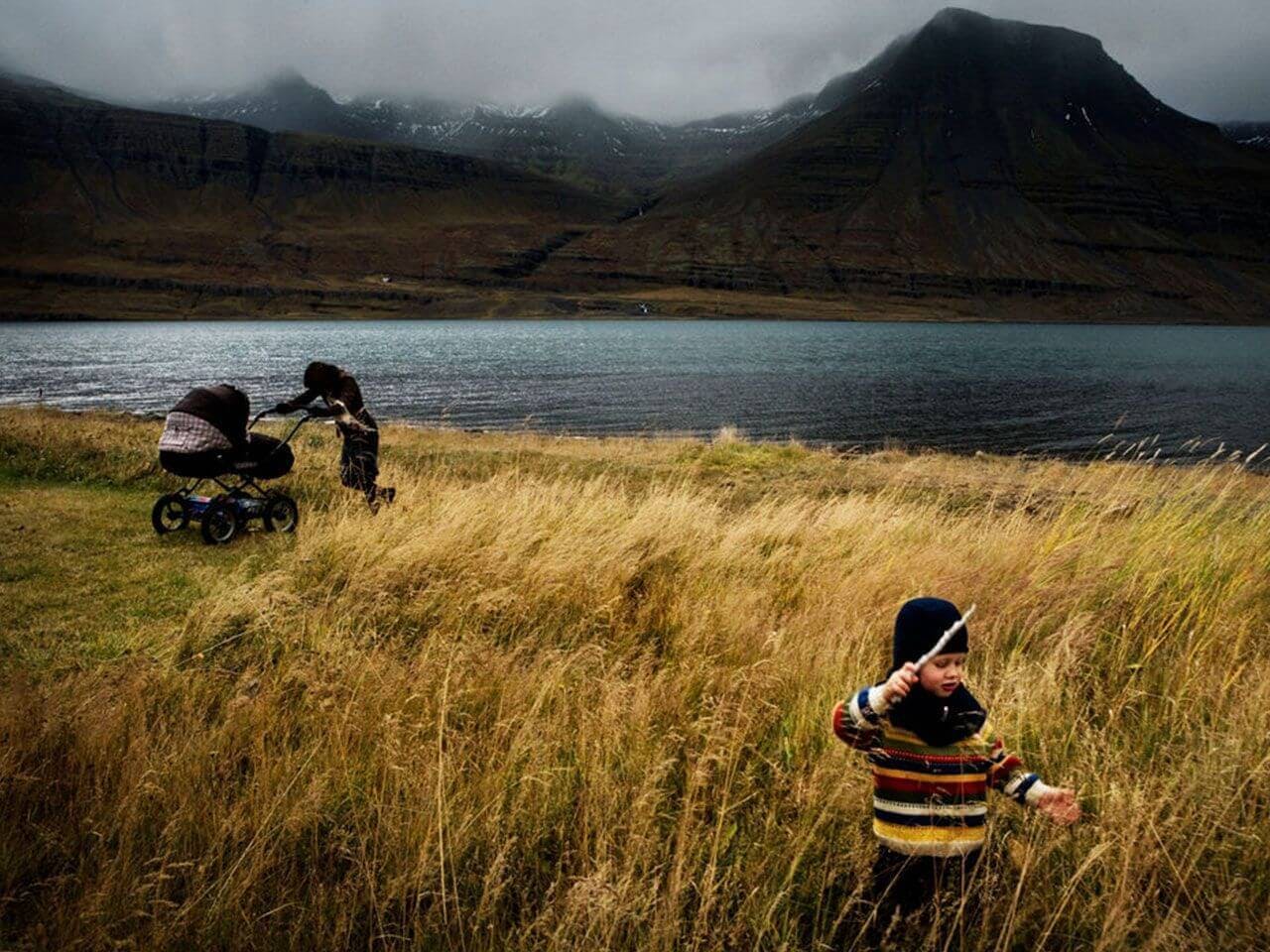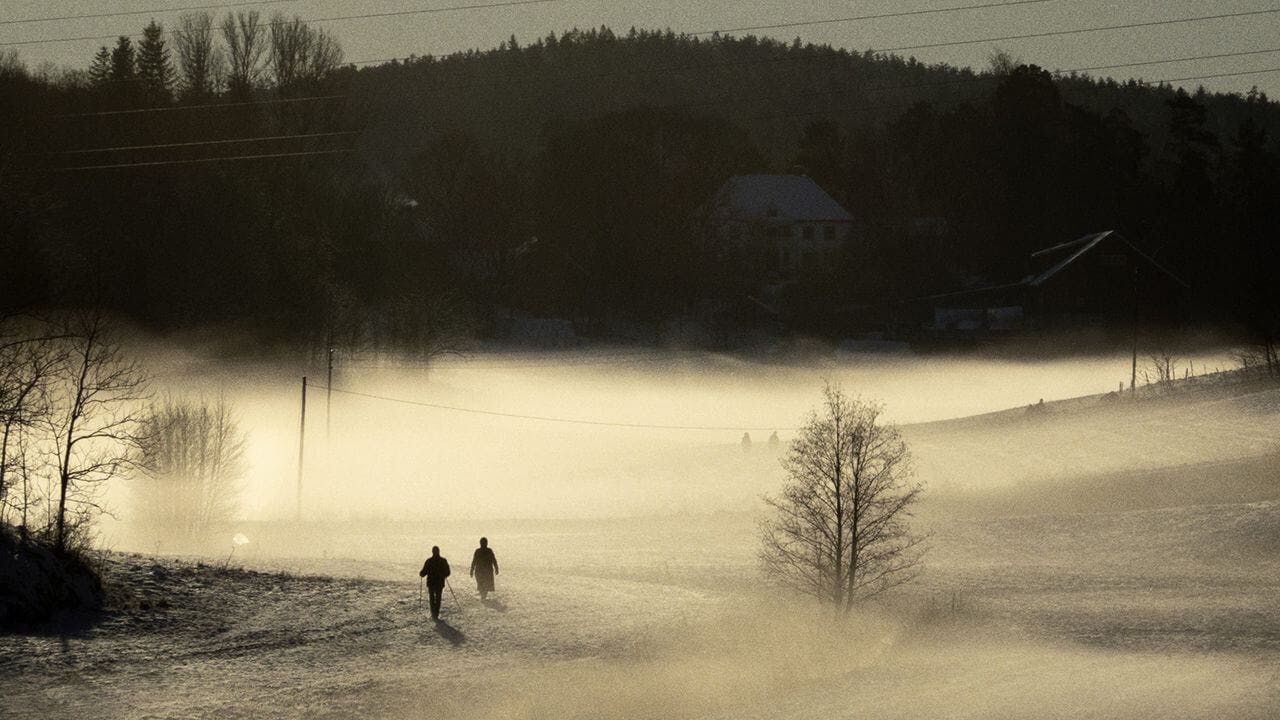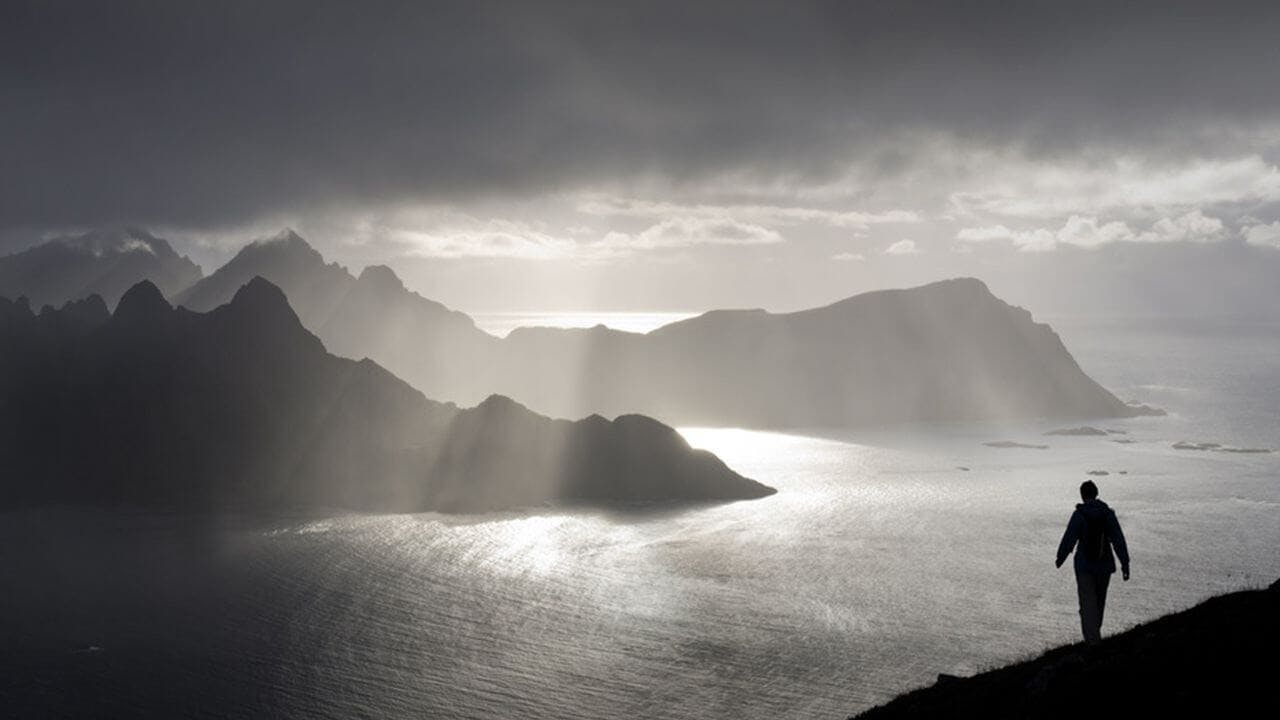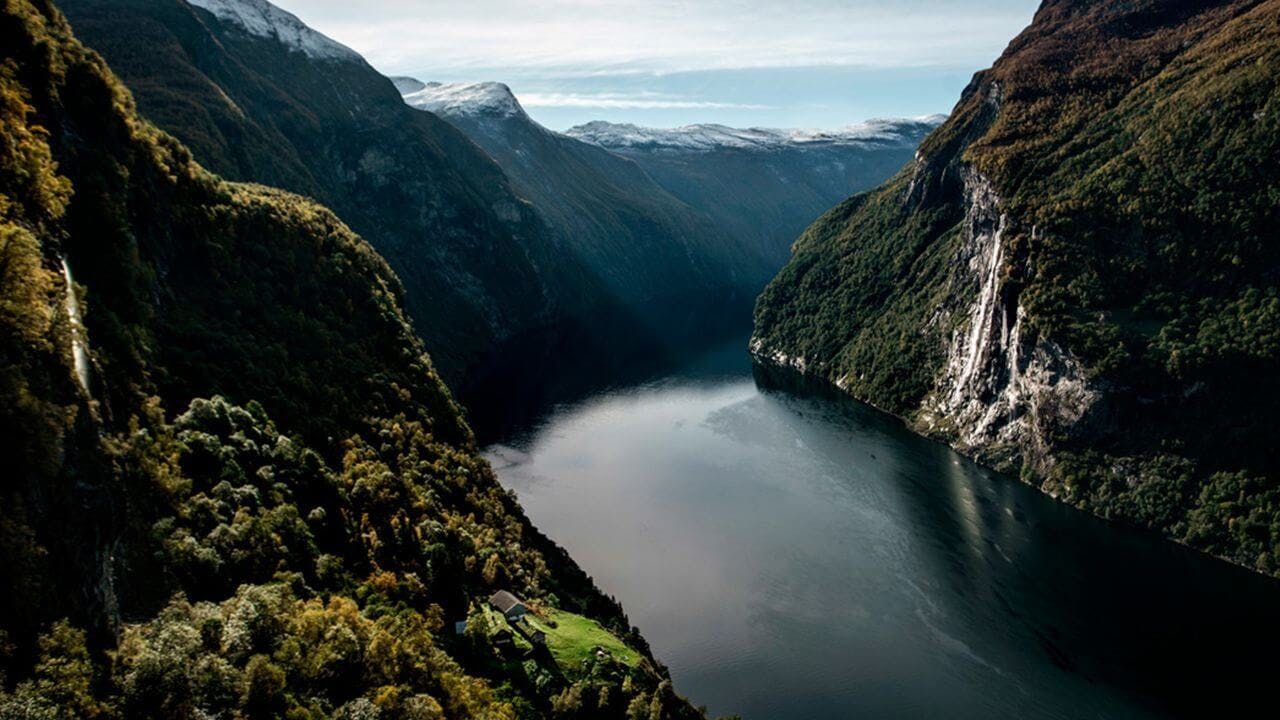NORTHERN EXPOSURE
7 minute read

Born in Norway, Jonas Bendiksen began his career at the age of 19 as an intern at Magnum Photographer's London office, before pursing a career as a photojournalist. He cites themes of community, faith and identity as central to a career that has taken him all over the world, from recording vanishing villages in Greenland to photographing fallen soviet satellites on the plains of Central Asia.
The Luminaire has partnered with Magnum Photographers to offer photography enthusiasts, amateur or accomplished, an opportunity to learn from Magnum’s most renowned talents and explore the inspiration behind their work.
Jonas leads a journey to his home country of Norway, conducting photography workshops in the field and providing a native point of entry into the human stories that lie at the heart of this untamed region.
Learn how these landscapes have informed his career and continue to provide inspiration to his work.
Q: You first started working with Magnum when you were 19. What drove you to pursue photography from such an early age?
Jonas Bendiksen (JB): I was smitten by photography when I was just 15-16 years old, and from the very beginning I was mostly inspired by documentary work. I was a really restless teenager and the camera became a sort of medicine for this.
It was this idea that the camera could be a tool through which I could dive in and explore all myriad the questions I had about the world, to grapple with all the things I was curious about. It is still very much about that for me – photography is a way for me to engage with the world out there.
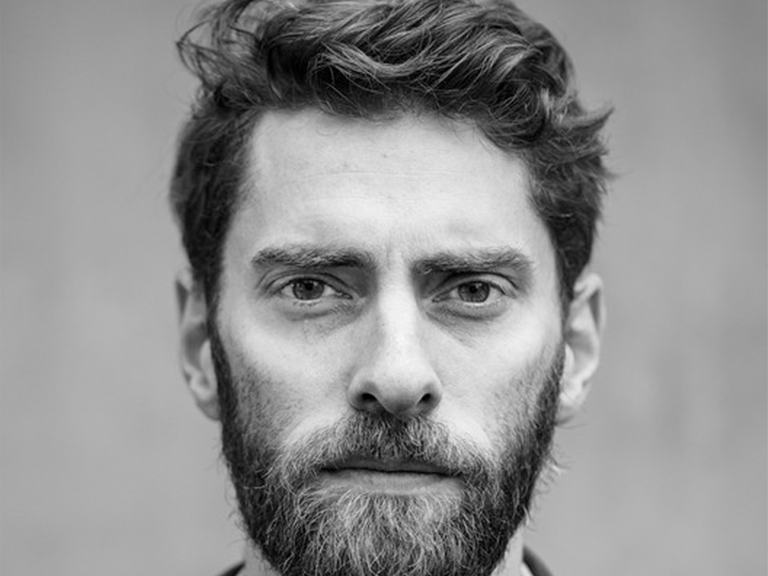
Q: Have the communities and landscapes you have studied had an influence on your style of photography?
JB: I almost think of this as a trick question. Of course all the people you meet, the places you go, the experiences and reflections you make along the way – of course this influences you. If it doesn’t you must be operating on a very superficial level. I am a very different photographer today than twenty years ago – and that is a healthy thing. I think I’m more than every interested in the stories and ideas now than before, beyond just the making of images. I think that is probably due to life experience and having met so many people and communities that face interesting and difficult questions.
Q: Your work often documents people in remote and isolated communities – what are the challenges of this? How do you overcome them?
JB: There are always the simple logistical challenges – but those are easy to solve. The main work is about how to try to make meaningful work as a stranger in a new place, how to do it with respect, how to get beyond the postcard first impressions and the Instagram clichés. More and more a challenge we face as photographers is that everything is photographed, everything is shared on the internet and we know too well what almost any place on earth looks like before we even go there. So how to reset your mind and see it fresh? How do you photograph it in your own personal way that is different from the next person that happens to come along?
Q: In your most recent work, The Book of Veles, you explore the intersection of documentation and fake news. How do you see the role of photography in accurate news telling today?
JB: This is not just about photography. We are entering an age where all kinds of disinformation, whether it be video, text, statistics or photography can be mass-produced using technology. The machines are writing text that is indistinguishable from human thought, and new AI systems can auto-generate realistic images from scratch straight from the computer chip.
It’s a difficult and society-wide problem that will only get bigger in the next decades. I think the key is that the context of information is getting more and more important – even more important than the information itself. Without understanding the origins and intention of an image, we cannot understand it at all.
Jonas Bendiksen/Magnum Photos. Altai Territory, 2000
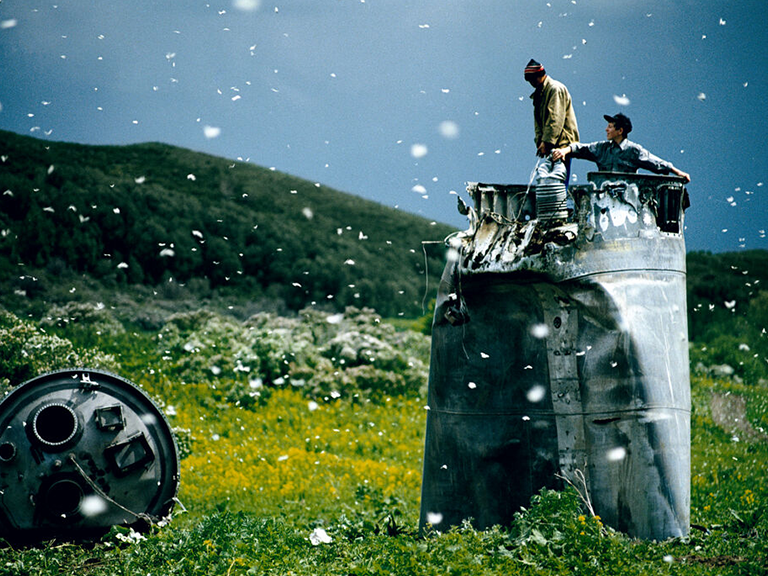
"IT WAS THIS IDEA THAT THE CAMERA COULD BE A TOOL THROUGH WHICH I COULD DIVE IN AND EXPLORE ALL MYRIAD THE QUESTIONS I HAD ABOUT THE WORLD, TO GRAPPLE WITH ALL THE THINGS I WAS CURIOUS ABOUT." - JONAS BENDIKSEN
Q: When did you first begin documenting the Lofoten Islands? What inspires you about this area?
JB: My father was from Harstad, which is very near Lofoten, and at different times in my life I have intersected with the area. My wife and I lived nearby in Vesterålen for a few years when she was practicing medicine in a fishing village. So the whole area is one I return to again and again.
I have yet to have met anyone who is not at some level awestruck by the place. The steep mountain cliffs rising straight out of the ocean, the ever-changing light and weather, the harsh beauty of the settlements, and the unique culture of the people who live on such terrain.
I think it’s a place that makes you touch, in so many different ways, the sublime power of nature.
Jonas Bendiksen/Magnum Photos. Reydarfjordur, 2007
